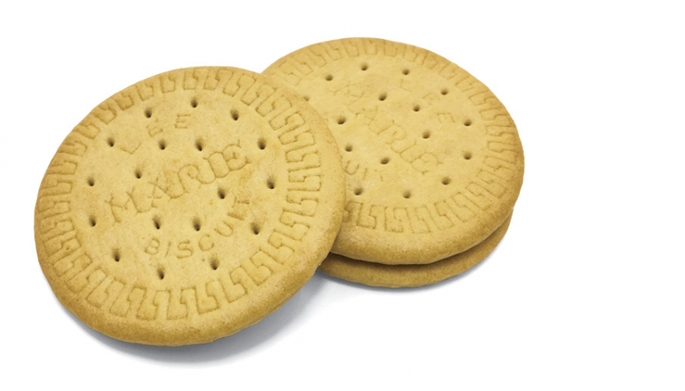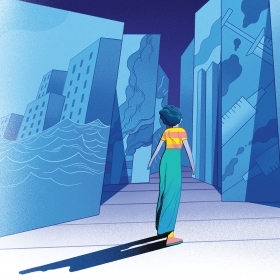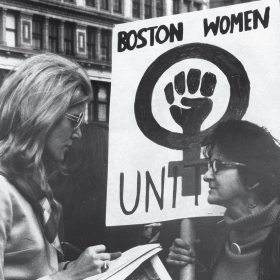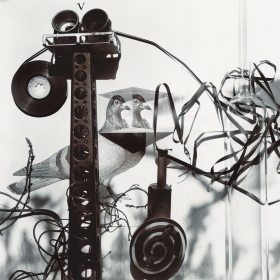About a decade ago, I indulged my longtime fantasy of working at a food magazine, and we did an “Iron Chef Wellesley” story, asking alumnae chefs and food writers to come up with a recipe using squash for our fall magazine. The late Carol Hart Field ’61, a maven of Italian food writing, contributed Torta della Zucca/Pumpkin Tart, which had a crust made from a special kind of cookie. We hired a food stylist and ended up with pictures of said tart that looked positively mouthwatering.
Clearly, I wasn’t the only one who thought so. I arrived at work one day just before Thanksgiving to find a message on my voicemail: “Alice! I’m making the pumpkin tart for my favorite husband. What in the world are Marie biscuits, and where do I get them?” And then there was an audible click. The caller had neglected to identify herself.
Except in this case, it wasn’t a problem. At the time, I’d guess literally millions of people across the United States could have identified who left that message. I myself was well acquainted with the voice: Every day for years, Linda Cozby Wertheimer ’65—as host of NPR’s All Things Considered—had filled me in on the day’s happenings as I drove home. I particularly appreciated her intimate knowledge of Washington politics and the wisdom and acuity with which she framed the news. I trusted her.
I was thinking about that voice as I was editing the wonderful piece by Amita Parashar Kelly ’06, “The Broadcast Pioneers,” about four Wellesley women who cut a path for so many female journalists. I realized that in my mind’s ear, I can hear the voice of each one of them: Lynn Sherr ’63, Cokie Boggs Roberts ’64, Linda, and Diane Sawyer ’67. For decades, I have seen or heard them covering space shuttle launches, analyzing election returns, interviewing world leaders, and anchoring the nightly news. They have reported from the center of so many crucial events that they really have become part of our national fabric The outpouring of grief and deep admiration from around the country when Cokie Roberts passed away last fall bears witness to this.
These women broke into the news business at a time when “we don’t hire girls” was a standard response at a job interview. Sherr remembers how sure she had to be of herself: “Don’t let them define who you are. You know who you are and what you can do.” And despite overt discrimination, these alumnae persisted, helping one another along the way. Sherr remembers a group of female correspondents—from competing news organizations—who would gather for meals and to trade information. They never stopped researching, analyzing, and asking probing questions, so they could bring cogent, penetrating coverage to their audiences.
We—and our democracy—owe them a great deal. Maybe part of what we owe them is to follow their careful example of weighing and understanding what’s happening around us. Today, we obviously get our news in immensely different ways than viewers/listeners in the 1960s, thanks to social media. Which means the opportunities for receiving misinformation or partial truths—and swallowing them—are vast. In “Truth in the Age of Twitter,” Wellesley computer scientists discuss how we can evaluate what’s being promulgated as fact online with a critical eye, particularly in this 2020 election season. In a small way, we all need to ask the same kinds of questions that trusted journalists have asked for years—before pressing the share button. Reporters R Us.
And if anyone wants the recipe Linda Wertheimer made for her favorite husband, give a holler. Real women—and yes, real journalists—cook.








We ask that those who engage in Wellesley magazine's online community act with honesty, integrity, and respect. (Remember the honor code, alums?) We reserve the right to remove comments by impersonators or comments that are not civil and relevant to the subject at hand. By posting here, you are permitting Wellesley magazine to edit and republish your comment in all media. Please remember that all posts are public.